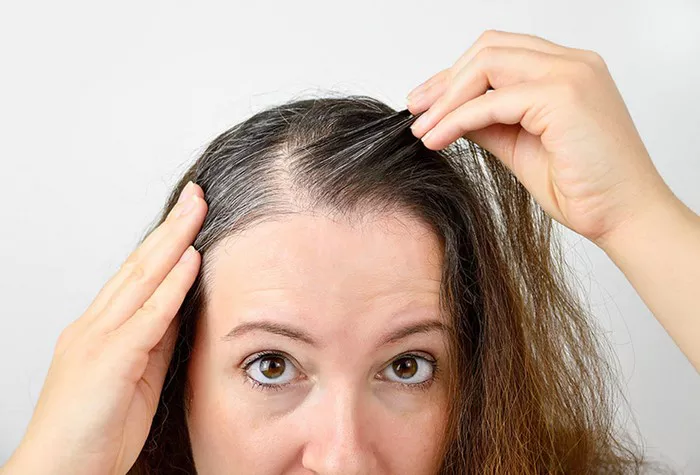In the world of grooming and self-esteem, hair plays an essential role. For many individuals, a full head of hair symbolizes vitality and youth. However, as we age, it’s not uncommon to notice changes in our hairline, specifically the dreaded receding hairline. But when does this phenomenon typically start, and what can you do about it? In this comprehensive article, we will delve into the age at which a receding hairline usually begins and explore various aspects related to this hair concern.
Understanding the Onset of a Receding Hairline
A receding hairline, often referred to as male pattern baldness or androgenetic alopecia, can affect both men and women. It typically begins to manifest itself in your late teens to early twenties. However, it’s important to note that the exact age can vary widely among individuals due to genetic factors, hormonal changes, and lifestyle choices.
Factors Influencing the Start of a Receding Hairline
The age at which a receding hairline starts can be influenced by several key factors:
1. Genetics: Family history plays a significant role in determining when your hairline might recede. If your parents or grandparents experienced early hair loss, you may be more prone to it as well.
2. Hormonal Changes: Hormones, specifically dihydrotestosterone (DHT), can trigger hair loss. An increase in DHT levels, which often occurs during puberty, can accelerate the onset of a receding hairline.
3. Lifestyle Factors: Stress, poor nutrition, smoking, and excessive alcohol consumption can contribute to early hair loss. Maintaining a healthy lifestyle can delay the onset of a receding hairline.
Recognizing the Signs of a Receding Hairline
Identifying the signs of a receding hairline is crucial in addressing the issue promptly. Common signs include:
1. Gradual Hair Thinning: The most obvious sign is the gradual thinning of hair at the temples and forehead, forming an “M” shape.
2. Widening Hair Part: You may notice that your hair part is becoming wider than usual as your hairline recedes.
3. Increased Hair Shedding: An increase in hair fall during showers or when combing can be an early indicator.
4. Scalp Visibility: As the hairline recedes, more of your scalp may become visible, especially in well-lit areas.
Preventive Measures for Delaying a Receding Hairline
While genetics do play a significant role in the onset of a receding hairline, there are several preventive measures you can take to delay its progression:
1. Maintain a Healthy Lifestyle: Eat a balanced diet rich in vitamins and minerals that support hair health. Regular exercise and stress management can also contribute to overall well-being.
2. Avoid Tight Hairstyles: Pulling your hair back tightly can cause stress on the hair follicles, potentially accelerating hair loss.
3. Gentle Hair Care: Be gentle when washing and styling your hair. Avoid excessive heat and harsh chemicals that can damage your hair.
4. Consult a Specialist: If you notice early signs of a receding hairline, consider consulting a dermatologist or hair specialist. They can provide personalized advice and treatment options.
Effective Treatments for Receding Hairlines
If you’re already experiencing a receding hairline, there are treatments available to help slow down or even reverse the process:
1. Topical Medications: FDA-approved topical treatments like minoxidil can stimulate hair growth and slow down hair loss.
2. Oral Medications: Finasteride, an oral medication, can also be prescribed to combat hair loss by reducing DHT levels.
3. Hair Restoration Surgery: Procedures like hair transplantation can be considered for more advanced cases of receding hairlines.
See Also: Why are my eyebrow hair falling out? The Causes & Solutions
Embracing the Change
Ultimately, the age at which a receding hairline starts can vary greatly from person to person. It’s important to remember that hair loss is a natural part of the aging process for many individuals. Embracing this change and maintaining self-confidence can go a long way in coping with the transition.
In conclusion
A receding hairline typically starts to become noticeable in the late teens to early twenties, but it can vary due to genetics and other factors. Recognizing the signs, adopting preventive measures, and seeking professional advice can help you manage this common issue effectively. Remember, you’re not alone in this journey, and there are numerous options available to help you maintain healthy and confident hair.


